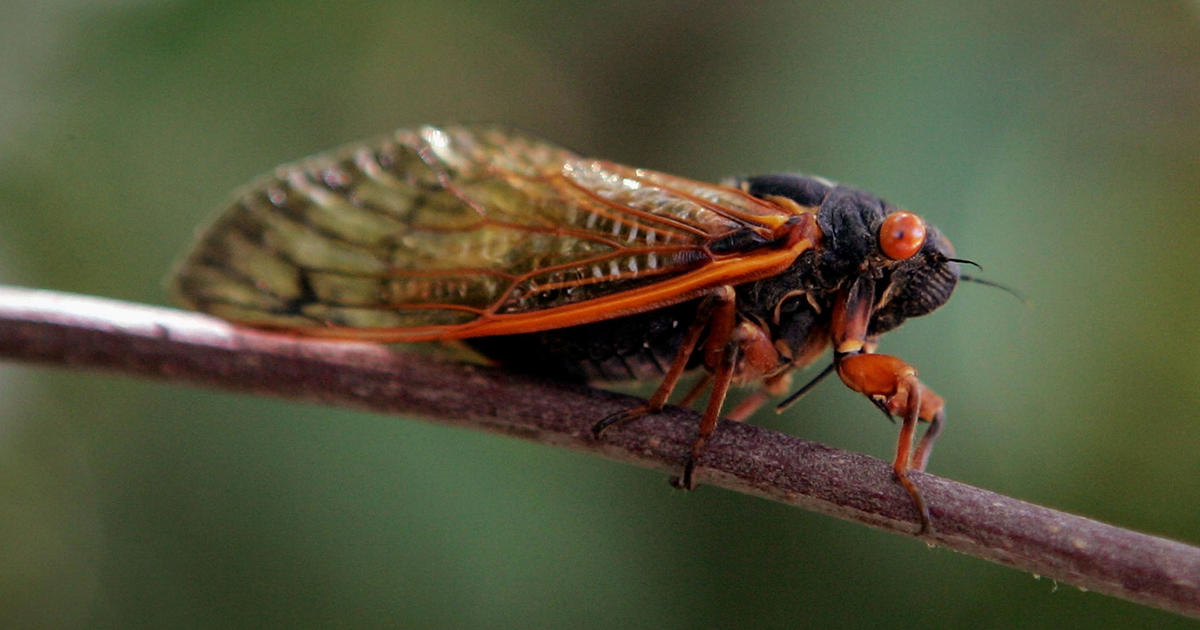Drought's Good News - Fewer Ticks
CONCORD, N.H. (AP) — The drought conditions that have gripped much of the Northeastern U.S. this summer appear to have a silver lining — fewer ticks.
From Maine to Rhode Island, researchers say they expect tick numbers to be down from previous years especially for the blacklegged ticks, known as deer ticks, which transmit Lyme disease.
It's too early to say, however, whether fewer ticks could mean a decline in Lyme disease cases. About 30,000 confirmed cases are reported each year across the country and those numbers have steadily risen. Scientists and state health agencies say they won't be able to provide an accurate assessment until later this year.
"I'm confident that ticks took it on the chin this summer," said University of Rhode Island's Thomas Mather, who studies ticks and tick-borne diseases and co-wrote a 2014 paper showing that drier conditions impacted deer tick survival rates.
Catherine Brown, an epidemiologist with the Massachusetts Department of Public Health, agreed that deer ticks are hurting.
"When you have such a prolonged dry period as we've had this year, it's very, very likely that we're going to see a decline in tick-borne disease this year as compared to last year," she said. "It would be hard to prove now that tick populations are down but again, based on our experience and what we know about the ecology of ticks, this weather will have very likely reduced the tick population."
Much of the Northeast is experiencing drought-like conditions resulting from a second year of below-average rainfall. Though not as dire as the West Coast drought of five-years running, the dry, hot weather in the Northeast has caused headaches for farmers, led to water restrictions in many places and even sparked concerns about increased wildfires.
In its weekly map of the region last Thursday, the U.S. Drought Monitor expanded the area now considered to be in extreme drought to include Boston and much of northeastern Massachusetts, as well as a portion of southern New Hampshire. Drought-like conditions are expected to persist into October.
Ticks struggle to survive when the humidity drops below 85 percent. This summer, scientists say, they are either being killed off by the drought or abandoning their favorite haunts on tree branches, bushes and tall grass awaiting a host, known as questing, for the cooler confines of the soil.
"If it gets too dry, they just drop into the leaf litter or drop into the soil and just wait," Alan Eaton, a tick expert with the University of New Hampshire Cooperative Extension, said.
Predicting how big of an impact the drought will have on the tick population is hard, partly because ticks are so hardy and go through several life stages over two years. While tick larvae are active now, many of the young ticks, known as nymphs, have already gone into hiding as they transition to adults. They won't emerge until October, thus avoiding the worst of the drought.
Brown cautioned that one hot, dry summer likely wouldn't be enough to put a dent in tick populations that have generally been on the rise region-wide.
Sam Telford, a professor of infectious diseases at Tufts University in Medford, Massachusetts, agreed, noting that ticks have been around for 20 million years.
"They have seen lots of changes and are ecologically very successful," he said. "One or two years of severe weather may depress their numbers, but remember ... the successful feeding of one female tick on a deer translates to 2,000 eggs. It does not take much to reset the clock, as it were, if there was significant mortality for a few years."
___
Associated Press writers Philip Marcelo in Boston; Matt O'Brien in Providence, Rhode Island; and Patrick Whittle in Portland, Maine, contributed to this report.
Copyright 2016 The Associated Press. All rights reserved. This material may not be published, broadcast, rewritten or redistributed.



